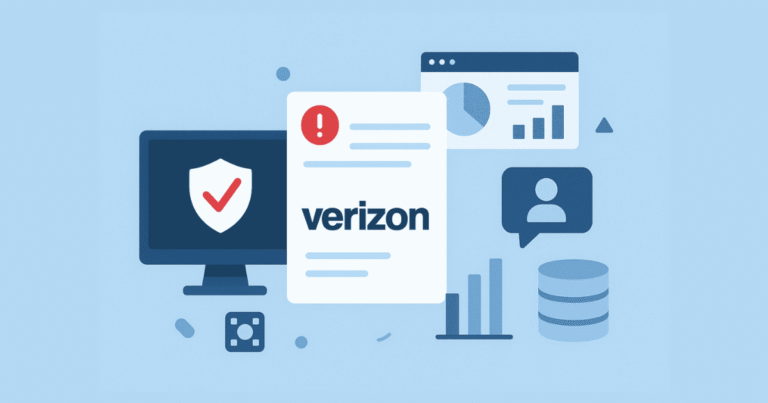What is Proxy in WiFi: A Complete Beginner’s Guide
In today’s fast-paced digital world, WiFi proxies play a crucial role in keeping your online activities private, secure, and efficient. But what is proxy in WiFi? Whether you’re casually browsing the web, working remotely, or managing a corporate network, understanding WiFi proxies can significantly enhance your online experience.
This article breaks down WiFi proxies in simple, everyday language, explores their benefits, types, configuration steps, and even offers tips to help you make an informed decision when choosing a proxy service.
What is Proxy in WiFi?
At its core, a proxy server acts as an intermediary between your device (laptop, smartphone, or tablet) and the internet. When you connect to a WiFi network using a proxy, your internet requests are routed through the proxy server instead of going directly to the website you’re trying to access.
How Does It Work?
Imagine you’re at a library and want a rare book from the archive section. Instead of directly going into the archive, you ask the librarian (the proxy server) to fetch the book for you. Similarly, when you browse the internet using a WiFi proxy, the proxy fetches the web pages for you, masking your original IP address.
Why Use a Proxy in WiFi?
There are several reasons why individuals and organizations use WiFi proxies. Below are some of the most common benefits:
1. Privacy and Anonymity
A proxy hides your real IP address, making it difficult for websites, advertisers, or hackers to track your online activities.
2. Bypassing Restrictions
Using proxies to pretend as if in a different location, you can access geo-restricted websites or content blocked on certain networks (e.g., social media sites blocked at schools or workplaces).
3. Enhanced Security
Public WiFi networks are often playgrounds for hackers. Using a proxy server adds an extra layer of security, reducing the risk of cyberattacks.
4. Bandwidth Optimization
Some proxy servers cache frequently visited web pages. This reduces the need to download the same data repeatedly, speeding up your internet connection.
5. Content Filtering
Schools, offices, and organizations often use proxies to block access to inappropriate or distracting websites.
Types of Proxies Used in WiFi Networks
Different situations call for different types of WiFi proxies. Let’s break them down:
1. HTTP Proxies
- Routes only HTTP/HTTPS traffic.
- Best for: General web browsing and bypassing geo-restrictions.
2. SOCKS Proxies
- Routes all types of internet traffic, including video streaming and gaming.
- Best for: Advanced tasks like torrenting or streaming geo-restricted content.
3. Transparent Proxies
- Users are often unaware that their traffic is being monitored.
- Best for: Network monitoring in schools or workplaces.
4. Residential Proxies
- Uses IP addresses from real devices.
- Best for: High privacy needs and bypassing anti-bot detection.
How to Configure a Proxy in WiFi – Step-with the aid of-Step Guide
Setting up a proxy server in your WiFi tool is less complicated than you might suppose. Follow those steps:
On Windows:
- Go to Settings > Network & Internet > Proxy.
- Enable Use a proxy server.
- Enter the proxy deal with and port quantity.
- Save your settings and restart your browser.
On macOS:
- Open System Preferences > Network.
- Select your WiFi network and click Advanced.
- Navigate to the Proxies tab.
- Enter your proxy information.
On iOS:
- Open Settings > Wi-Fi.
- Tap your connected WiFi network.
- Scroll to HTTP Proxy > Manual.
- Enter proxy info.
On Android:
- Open Settings > Wi-Fi.
- Hold down on your WiFi network and tap Modify Network.
- Enable Advanced Options.
- Enter proxy details.
When Should You Use a Proxy in WiFi?
- Traveling Abroad: Access content material from your property area.
- Public WiFi: Protect your touchy records.
- Work/School Networks: Comply with get right of entry to requirements.
- Web Testing and Development: Check internet site conduct from extraordinary areas.
FAQs About WiFi Proxies
1. Is using a proxy in WiFi safe?
Yes, so long as you operate a reputable proxy provider.
2. Do I need a proxy for home WiFi?
It’s elective, but it may beautify privacy and bypass restrictions.
3. What is a proxy port in WiFi?
It’s a communique endpoint used to ship and receive data.
4. What is an HTTP proxy?
It routes simplest HTTP visitors and improves surfing privateness.
Conclusion
In an international world in which online privateness and security are an increasing number of underneath chances, the usage of a proxy in WiFi is no longer a luxury, it’s a need. Whether you’re seeking to get admission to geo-confined content, improve security, or really browse anonymously, a WiFi proxy is a flexible device that ticks all the containers.
If you are considering the use of a proxy, make certain you pick out a reliable and dependent provider issuer. With the proper setup, you may experience a more secure, quicker, and more personal surfing revel in.







